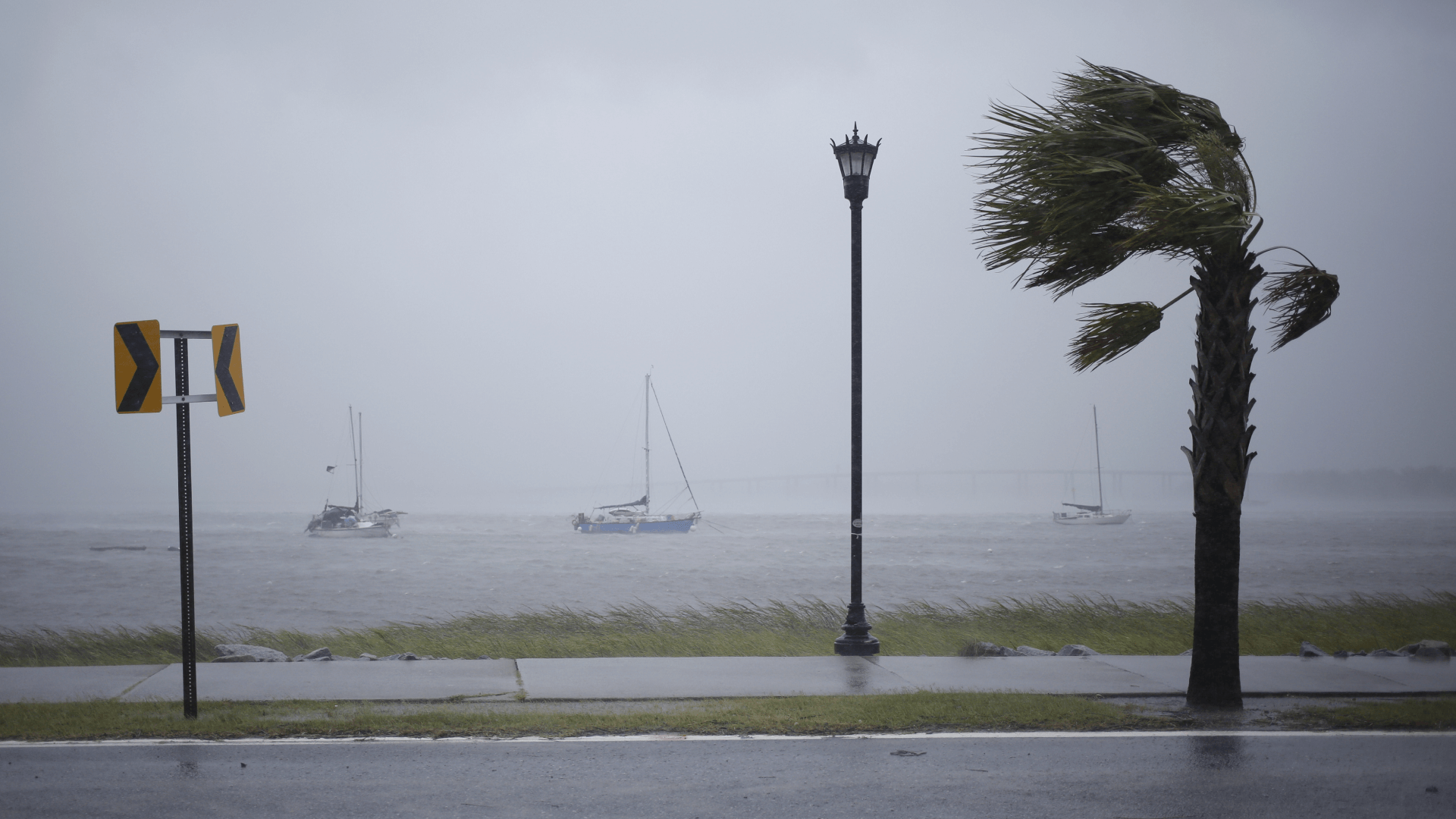Almost everyone who had home insurance in 2023 ended the year paying more. Home insurance prices have increased 35% over the past two years, with the highest increases in disaster-prone states like Florida and Colorado.
Will the trend continue into 2024? Different factors could play a role, says Itzhak Ben-David, professor of finance and academic director of the Ohio State University Center for Real Estate.
Economic factors like inflation led to higher repair and replacement costs, which impact rates. If inflation returns to normal levels, that may help control insurance rates. On the other hand, state insurance regulations can intervene to cap rates. And insurance markets can also be a factor — when insurance companies stop offering insurance in some areas, that can lead to less competition and higher markets.
Finally, climate change will continue to put upward pressure on prices, and that’s not likely to change anytime soon.
“The increased frequency and severity of natural disasters due to climate change can raise rates, particularly in high-risk areas,” says Ben-David.
How climate extremes impacted rates in 2023
Florida is experiencing one of the worst home insurance crises in the country. Citizens Property Insurance, the state-run insurance group for Florida residents and businesses that have been denied coverage on the private market, warned in September that the company was only one bad storm away from being forced to assess a “hurricane tax” on its policyholders.
The number of Citizens policyholders has swelled in recent years as private insurance companies limited their coverage or left the state altogether. Insurance companies in Florida have faced massive losses from litigation related to questionable roof repair claims and a string of weather disasters, including the second-costliest disaster ever in Hurricane Ian.
Similarly, insurance companies are limiting coverage or leaving California, largely because of record losses due to wildfires. California insurers paid a record $15.4 billion in losses in 2017 and $13.6 billion in 2018, setting off a series of steep premium increases in the subsequent years.
Climate-related risks aren’t going away. Warmer temperatures fuel more powerful storms and wildfires alike. Combined with continued development in high-risk areas, future disasters could become even more costly for insurance companies and homeowners.
“Nationally, property insurers have raised rates and/or withdrawn from offering coverage altogether in areas where they predict continuing large losses, principally due to extreme weather,” says Donald Hornstein, professor of law at the University of North Carolina.
What can regulators do to control rates?
In many states, regulators must approve rate increases. This can help moderate prices, says Ben-David.
On the other hand, letting insurance rates rise to reflect the high risk of a given area could be better in the long run. Otherwise, insurance companies end up subsidizing housing in dangerous areas. In addition, if insurance companies can’t charge high enough rates to make up for losses, they may opt to stop selling in that market.
Regulators can also incentivize consumers to lower their risk.
“Encouraging or mandating measures to reduce risk (like fire-resistant materials in construction) can influence rates,” says Ben-David.
Regulators in California are allowing insurance companies to incorporate new factors into their pricing models, namely the cost of reinsurance, as well as future climate risks. This will allow insurance companies to more accurately price risk. For many customers, that will mean higher prices, but in volatile markets like California, it could also mean more stability for insurance companies.
Image: Bloomberg Creative / Getty Images

